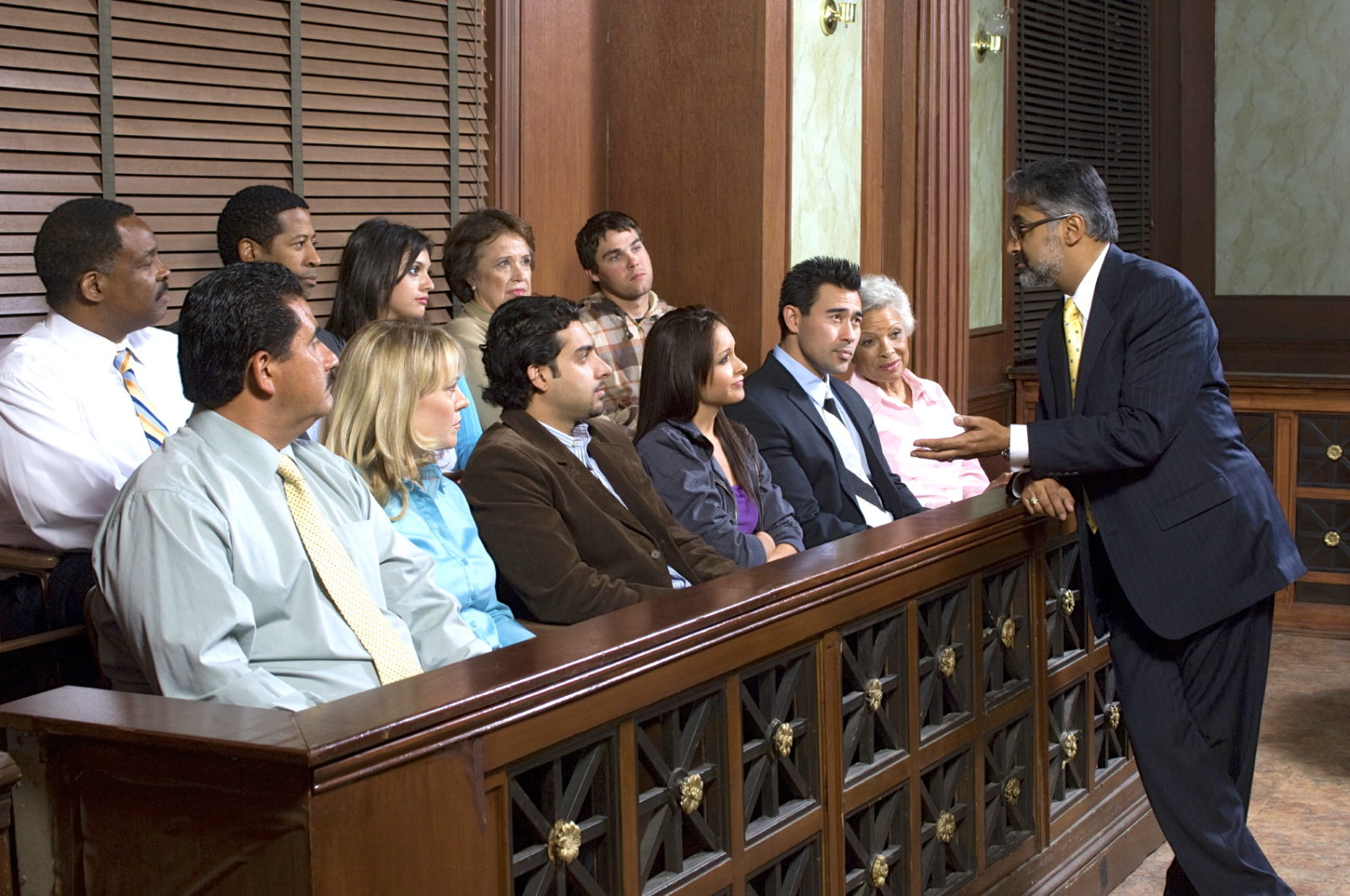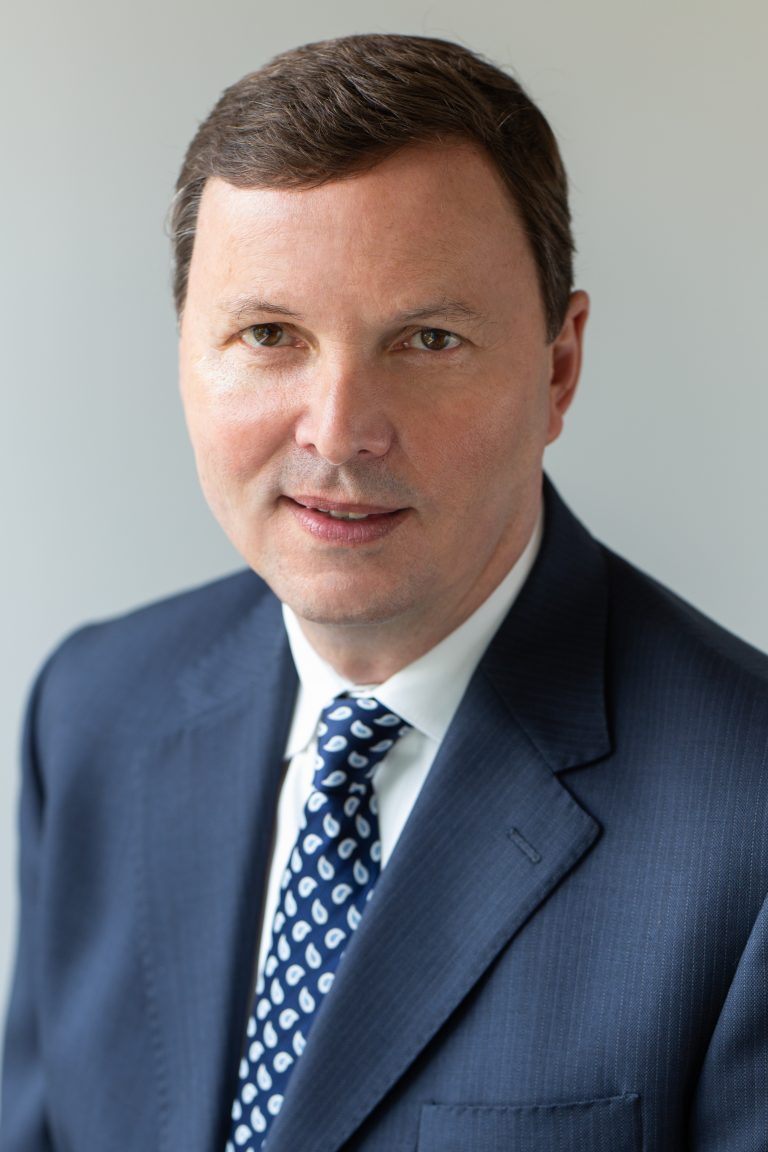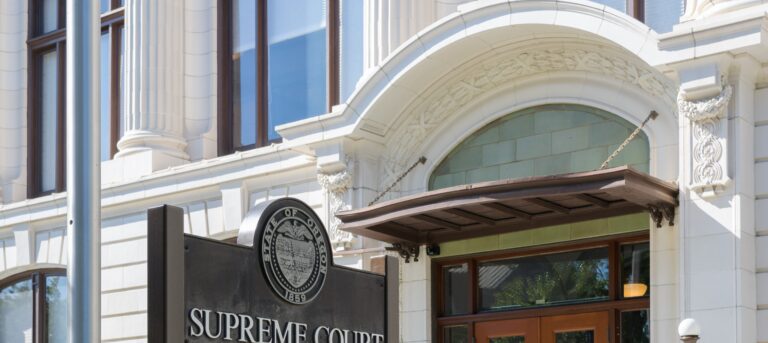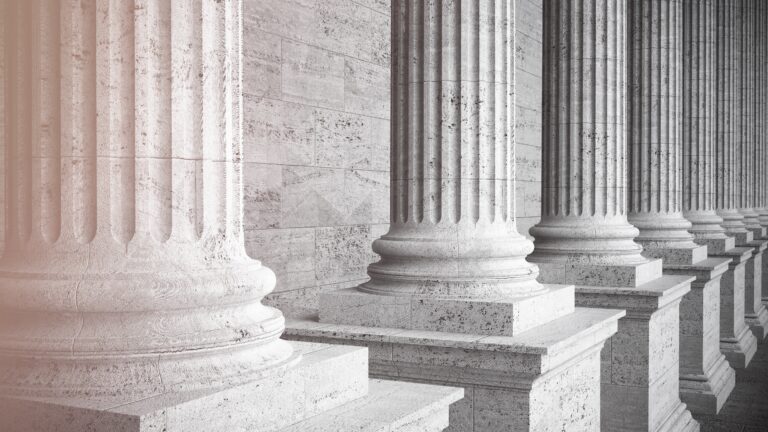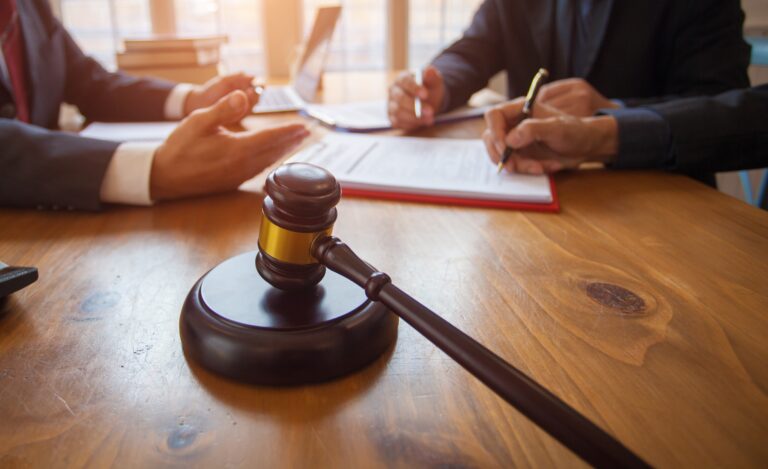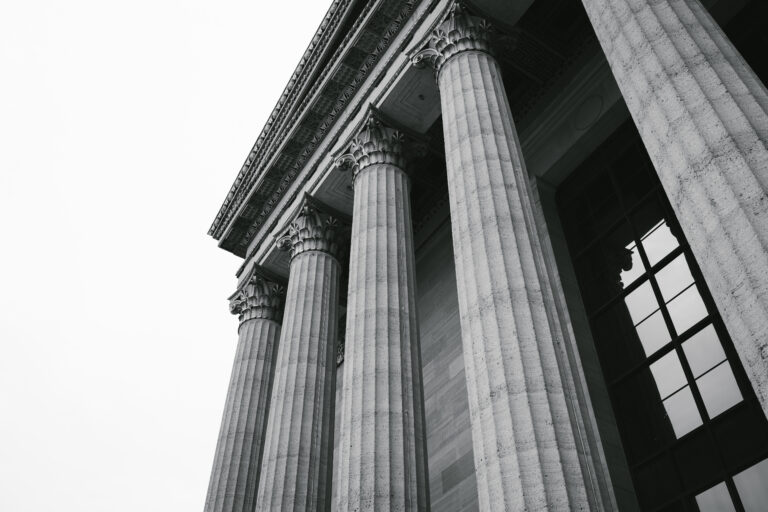Don’t Have the Evidence? What Happens if You Pretend To?
From the desk of Jeff Eberhard:
The Oregon Evidence Code provides the rules that determine what evidence will be allowed to be brought into a trial. These rules can be confusing and convoluted at times, which can sometimes leave a jury feeling like they are not getting the full picture. What happens when an attorney implies that there is indeed more evidence that could prove their case, but those pesky rules of evidence won’t allow it in?
Claims Pointer:
In this recent opinion, the Oregon Supreme Court made it very clear that an attorney cannot imply there is more evidence that supports his or her client’s case. Particularly, an attorney cannot claim that the jury will not hear or see certain evidence because it was found to be inadmissible. This is true for every part of the proceedings, even during the attorneys’ first interactions with potential jurors.
State v. Banks, 367 Or 574 (February 25, 2021)
Facts:
This opinion was issued in a criminal case, where the defendant was charged with harassment for an incident that occurred in a cellular phone store. The conduct that was at issue during the trial was that the defendant allegedly swatted at another customer’s ponytail. There were multiple cameras positioned around the store as part of the store’s security system. Before trial, the prosecutor provided defense counsel with the videos from the store. However, none of these videos actually showed the swatting of the ponytail.
During voir dire, the process used to select a jury where the attorneys get to question prospective jurors, the prosecutor brought up the rules of evidence. She explained to the potential jurors that the rules of evidence limit what she would be able to present to the jury. The prosecutor further advised that “some things are not going to come into the trial today” and that the jury was “not going to have all of the facts.” Defense counsel objected to these statements and requested that the judge instruct the jury to disregard those statements. Defense counsel argued that the prosecutor was alluding that the video showing the harassment was not going to be presented because the rules of evidence excluded it. The trial court denied the request for the curative instructions and did not address the prosecutor’s statements to the jury.
After the trial and during the jury deliberation, the jury submitted questions inquiring if the prosecutor had a video that showed the swatting of the customer’s ponytail and if the video existed would it have to be admitted. The judge responded by saying the jury was provided all admissible evidence. The jury returned a guilty verdict for the defendant. The defendant appealed and the court of appeals affirmed the conviction without an opinion. The defendant then petitioned the Oregon Supreme Court for review.
Law:
Although criminal trials involve certain constitutional protections that are not found in civil trials, the Oregon Evidence Code (“OEC”) applies to both civil and criminal trials. OEC 103(3) provides: “In jury cases, proceedings shall be conducted, to the extent practicable, so as to prevent inadmissible evidence from being suggested to the jury by any means, such as making statements or offers of proof or asking questions in the hearing of the jury.” This requirement to prevent inadmissible evidence from being suggested to the jury applies to statements made by attorneys. Previous Oregon Supreme Court opinions, issued in both criminal and civil cases, have held that pursuant to OEC 103(3), attorneys need to limit their closing arguments to the facts in evidence and the permissible inferences from those facts. In closing arguments, attorneys cannot imply that additional evidence exists that would help prove their case, but for one reason or another it was not able to be presented.
In line with those cases, in this opinion, the Oregon Supreme Court held that statements suggesting evidence exists but is only not being presented because its inadmissible are improper at every point of the jury proceedings, including voir dire. An attorney’s statements during voir dire can preemptively explain away any failure to present evidence that the jury was expecting to see. This preemptive explanation is particularly improper because the jurors are allowed to draw reasonable inferences about a party’s failure to present evidence that one would naturally expect to see under the circumstances.
Analysis:
Here, the Oregon Supreme Court held that the attorney’s statements during voir dire were improper for a number of reasons. The prosecutor’s statements that the jury will not be able to hear all of the facts because the rules of evidence limit what she can present encouraged the jury to speculate. Through the prosecutor’s statements during voir dire, she effectively provided an alternative (and inaccurate) explanation as to why she was not going to be able to present video evidence of the harassment—it was inadmissible. This alternative explanation could preclude the jury from drawing reasonable inferences as to why she later failed to present the video evidence, which jurors are allowed to do. Ultimately, the Oregon Supreme Court found the prosecutor’s statements were improper and that this error was not harmless. Thus, the court reversed the court of appeals decision and remanded the case for further proceedings.
The Big Picture:
The rules of evidence can be complex, confusing, and quite convoluted at times. This can understandably lead to frustration on the part of jury members especially when, during trial, they feel like they are missing out on key evidence for reasons that don’t make sense. However, at no point during the proceedings may an attorney capitalize on this frustration by suggesting that the jury would be presented evidence, if only the rules of evidence would allow it. During trial, part of an attorney’s job is to make complex legal rules digestible to the jury. An attorney cannot take advantage of this role to improperly imply to a jury that evidentiary rules are not allowing the jury to get the full picture. Rather the attorney must effectively advocate for their client within the confines of what the law allows, which includes the rules of evidence.
